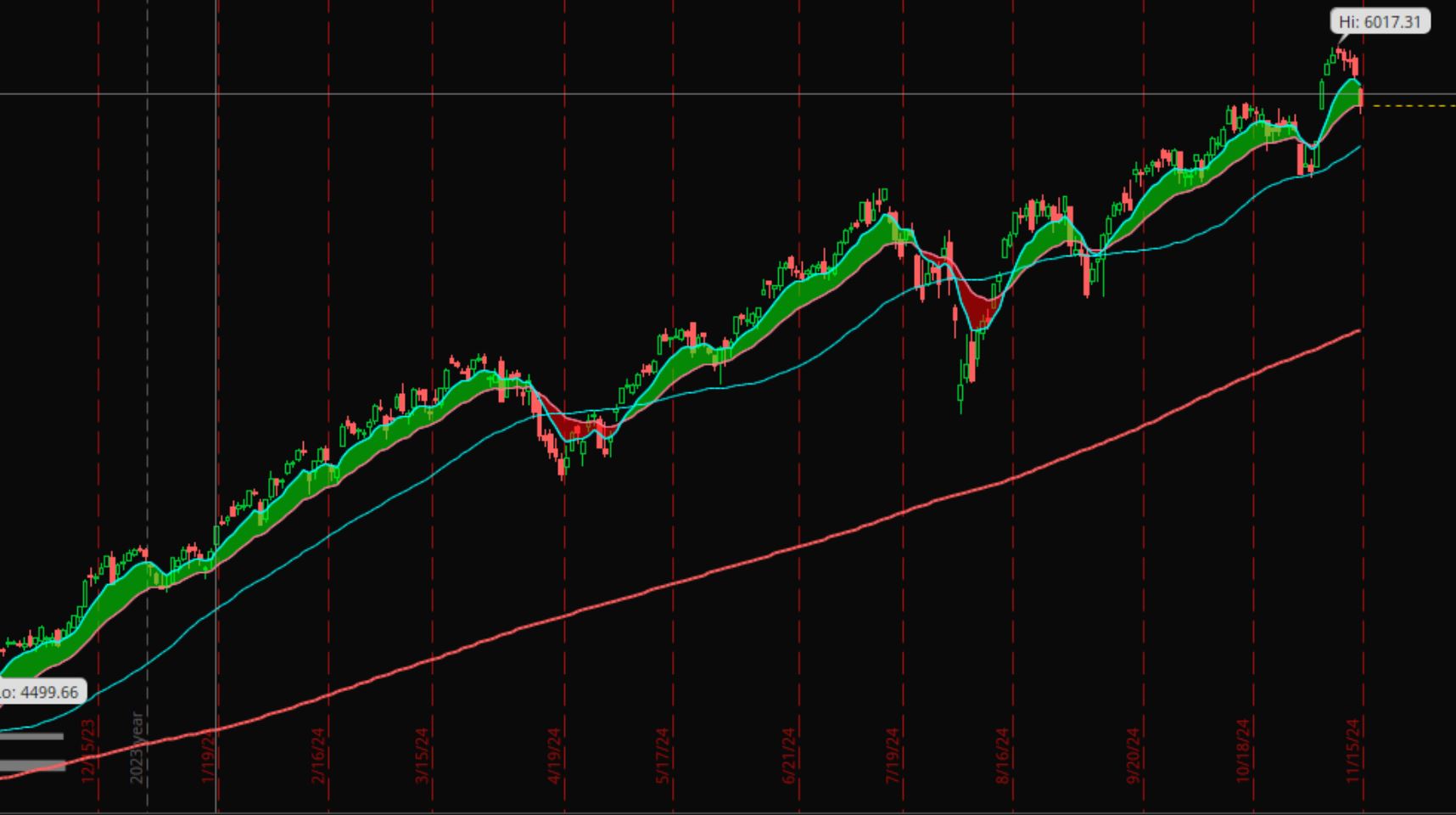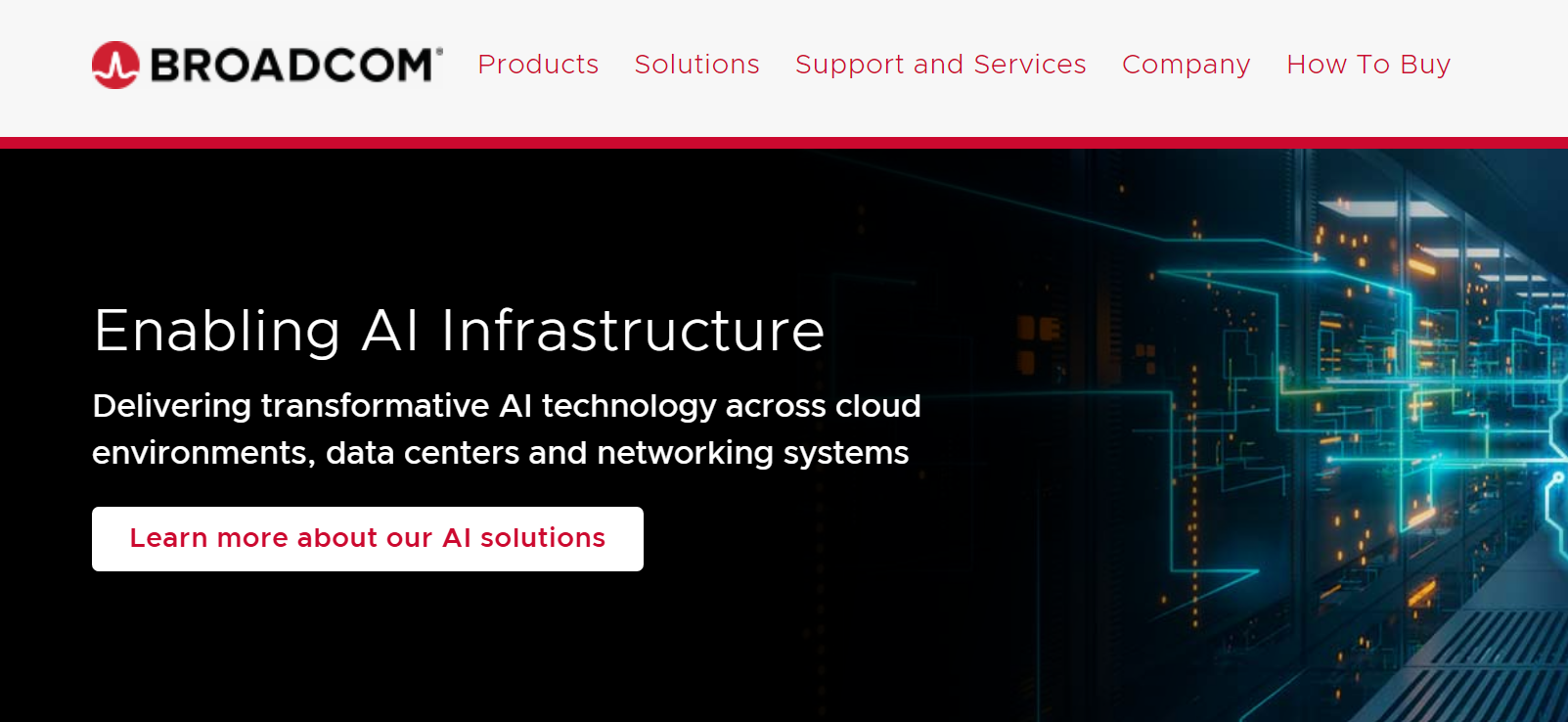In the last lesson, we talked about Mastery — understanding the business you’re investing in. But knowing what a company does isn’t enough. We also need to know what keeps it safe from competition.
That’s where the Moat comes in.
“In business, I look for economic castles protected by unbreachable moats.” – Warren Buffett
🏰 What Is a Moat?
A moat is what protects a company’s profits over time. It’s a structural advantage that makes it hard for competitors to take market share.
✔️ Definition: A Moat
A durable competitive advantage that protects a company from competition and helps it stay profitable long-term.
🧱 Types of Moats
Here are five common types of moats you’ll see in real companies:
- Brand Power
Strong consumer trust and recognition.
Example: Coca-Cola, Apple - Network Effects
The product gets more valuable as more people use it.
Example: Visa, Google - Switching Costs
It’s expensive, difficult, or risky for customers to switch to another product.
Example: Microsoft Office, Adobe - Cost Advantage
The company can produce goods or services more cheaply than others.
Example: Walmart, Amazon (logistics) - Intangibles
Things like patents, licenses, or unique content.
Example: Pharma patents, Disney content
Some companies have multiple moats. That’s even better.
❗ No Moat? Big Risk
If a company doesn’t have a moat, profits attract competition. And eventually, margins shrink.
Buffett avoids these kinds of businesses — and so should we.
“A great business is like a great franchise. Without a moat, it’s just another commodity.” – Warren Buffett
🧪 How to Detect a Moat: The Big Five Numbers
To avoid relying on instinct alone, investors use five key numbers to verify the presence of a moat. These metrics reflect how well a company can defend its profits and grow consistently.
| Metric | Why It Matters |
|---|---|
| ROIC | High returns on capital suggest efficiency and a competitive advantage. |
| Sales Growth | Indicates whether demand is increasing over time. |
| EPS Growth | Shows if the company is becoming more profitable. |
| Book Value Growth | Demonstrates whether owner equity is growing. |
| Free Cash Flow Growth | Reveals if the business is actually generating cash. |
💬 Tip: Look for consistency over 5–10 years. A great business shows solid, stable growth across these numbers.
✅ What Kind of Growth to Look For (Per Year, Over 5–10 Years):
| Metric | Healthy Growth Range | What It Tells You |
|---|---|---|
| ROIC | >10% consistently | The company is efficiently turning capital into profit (a hallmark of a strong moat). |
| Sales Growth | 5–10% or higher | There’s steady demand and the company is expanding. |
| EPS Growth | 5–15% | Profits are improving, possibly faster than sales due to efficiency or scale. |
| Book Value Growth | 5–10% | The business is growing owner equity consistently. |
| Free Cash Flow Growth | 5–10% or more | The company is generating real, usable cash at a good pace. |
✅ When ROIC >10% but Other Metrics Lag: What It Means
ROIC is the king of the Big Five.
If a company consistently earns a high ROIC (>10%), it usually signals a real competitive advantage — it’s able to turn invested capital into profits better than most of its peers.
However, if some of the other metrics (like sales, EPS, or FCF growth) are weak or inconsistent, here’s how to interpret it:
🔍 Possible Scenarios:
| What You See | What It Might Mean |
|---|---|
| High ROIC, low revenue growth | Company is mature or saturated; growing by efficiency, not expansion. |
| High ROIC, volatile EPS/FCF | Moat may be present, but business is cyclical or facing temporary headwinds. |
| High ROIC, low book value growth | Company might be returning capital (dividends/buybacks) instead of retaining earnings. |
| High ROIC, but multiple low growth signals | Could be a sign of stagnation, or lack of reinvestment for growth. |
🧠 Your Takeaway:
Consistently high ROIC is a strong sign of a moat — but it’s not the only test.
If ROIC is solid, but other metrics disappoint, dig deeper:
- Is growth slowing across the board?
- Is the company returning capital instead of reinvesting?
- Are there short-term issues masking long-term strength?
💡 Simple Rule:
If ROIC > 10% and at least 2–3 of the other metrics show healthy growth, the moat is likely real.
If most metrics are weak or declining — even with high ROIC — caution is warranted.
🔍 Key Principle:
We’re not chasing hyper-growth — we’re looking for sustainable, consistent performance that compounds steadily over time. Companies that deliver this kind of growth while maintaining a high ROIC are often the ones with real, durable moats.
📚 Case Study: Visa (V)
Let’s walk through Visa using the Moat lens.
✅ Brand Power
Visa is one of the most recognized brands in the world. It’s trusted globally and accepted nearly everywhere.
✅ Network Effects
Every new user (cardholder) and every new merchant that joins the network increases the value of the entire system. Banks, retailers, and consumers all benefit from Visa’s massive network. This is a textbook example of strong network effects.
✅ Switching Costs
Banks, merchants, and consumers are heavily integrated into Visa’s infrastructure. Switching to a new provider would be risky and costly, especially across global systems.
✅ Cost Advantage
Visa doesn’t issue cards or lend money — it simply processes transactions. That means it has high margins, minimal risk, and a scalable business model. It earns a small fee on trillions of dollars in global payments.
✅ Intangibles
Visa has extensive contracts, regulatory approvals, and technology built over decades. These are hard to replicate.
📊 Metrics Check:
Visa shows consistent strength in the five key numbers:
- ROIC: High and stable
- Sales Growth: Steady long-term growth
- EPS Growth: Double-digit increases for years
- Book Value Growth: Positive and expanding
- Free Cash Flow Growth: Strong, predictable cash generation
Conclusion: Visa has multiple strong moats and the numbers to back them up. That’s why it has remained dominant and profitable in a competitive industry for so long.
💡 Summary: Moat
- A moat is a durable advantage that protects a business.
- Without one, profits disappear over time.
- Look for brand, network effects, switching costs, cost advantage, and intangibles.
- Use the Big Five Numbers to verify a real moat.
- The more moats a business has, the safer your investment.
🔑 Key Takeaway for Today
If a business has no moat, it has no defense.
No matter how good the story or growth, without protection, it’s vulnerable.
Look for businesses that are not just good — but hard to beat.












Leave a Reply